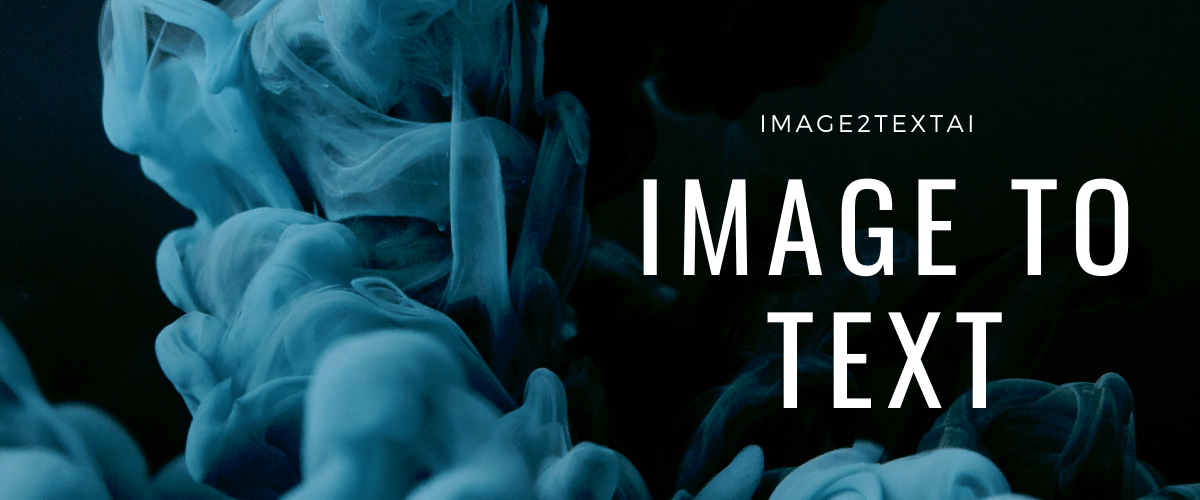Introduction
In our increasingly digital world, the ability to quickly convert images into editable text is becoming essential for efficiency in many professional and personal contexts. Image to Text technology, powered by advanced Optical Character Recognition (OCR) systems, is at the forefront of this transformation. This technology not only accelerates data processing but also enhances accessibility and accuracy in information handling.
What is Image to Text Technology?
Image to Text technology utilizes OCR to analyze the text within digital images and convert it into machine-readable text format. Whether it's a scanned paper document, a photo of a sign, or text superimposed on an image in a PDF file, OCR systems can extract words and characters from the images and turn them into editable and searchable data.
The Core Benefits of Image to Text Conversion
Enhanced Productivity: Manual data entry is time-consuming and prone to errors. OCR automates this process, allowing for quicker conversion of printed documents into editable formats.
Improved Accessibility: Text extracted from images can be used to create more accessible content for visually impaired users, who can utilize screen readers to understand the content.
Data Usability: Once text is converted from images, it can be searched, edited, stored, and shared, making digital management exponentially more manageable.
Cost Efficiency: Reducing the need for physical storage and manual data entry lowers operational costs significantly.
Applications Across Various Industries
Healthcare: Medical practices use OCR to digitize patient records and prescriptions, ensuring faster and more accurate access to crucial health information.
Legal Sector: Law firms utilize OCR to convert vast amounts of legal documents into manageable, searchable formats, facilitating better case preparation.
Education: Educators and students use image to text conversion for better access to printed educational materials, converting them into editable and accessible formats.
Banking and Finance: Financial institutions digitize checks, receipts, and other paper-based data, streamlining processing and archival.
How Does Image to Text Work? (continued)
3. Character Recognition: Each character is recognized individually through sophisticated algorithms that analyze their shapes and compare them to a database of known characters.
Post-Processing: After characters are recognized, the system may use language models to correct common recognition errors and improve the accuracy of the text output.
Challenges and Considerations
While OCR technology has advanced significantly, several challenges still need to be navigated:
Quality of Source Material: Poor image quality, distorted text, and complex layouts can all impact OCR accuracy. High-quality scans and clear images yield the best results.
Language and Fonts: OCR systems must be trained or equipped to recognize different languages and fonts, which can be particularly challenging with non-Latin scripts or stylized fonts.
Contextual Errors: Sometimes, OCR can misinterpret characters that look similar (like "0" and "O"), so context-based correction algorithms are crucial for improving output quality.
Technological Advancements in OCR
Recent advancements in artificial intelligence and machine learning have significantly improved OCR accuracy and speed. Deep learning models, for instance, can now understand contextual nuances, recognize a broader array of fonts and styles, and even correct skewed or partially obscured texts. These developments make image to text conversion more reliable and efficient than ever before.
Using OCR in Your Workflow with Image2TextAI
At Image2TextAI, we harness the latest in OCR technology to offer our users a seamless experience in converting images to text. Whether you are digitizing a library, archiving old newspaper clippings, or managing company receipts, our platform provides a fast and accurate solution to convert your documents into editable formats.
Key Features of Image2TextAI
Support for Multiple Formats: Our tool supports a variety of image formats including JPG, PNG, and GIF.
High Accuracy: Leveraging state-of-the-art AI models, our tool minimizes errors and maximizes reliability.
User-Friendly Interface: Easily upload your images, convert them, and download the text in multiple formats such as DOCX, TXT, or HTML with just a few clicks.
Conclusion
The potential of image to text technology is vast, with applications that can revolutionize how we interact with written content. By turning static images into dynamic, editable, and accessible text, OCR is not just a tool—it's a game changer in data processing and accessibility.
For more information on how you can integrate this powerful tool into your workflow, visit us at Image2TextAI. Discover the ease with which you can transform your printed documents into digital assets and propel your business or personal projects to new heights of efficiency and accessibility.
